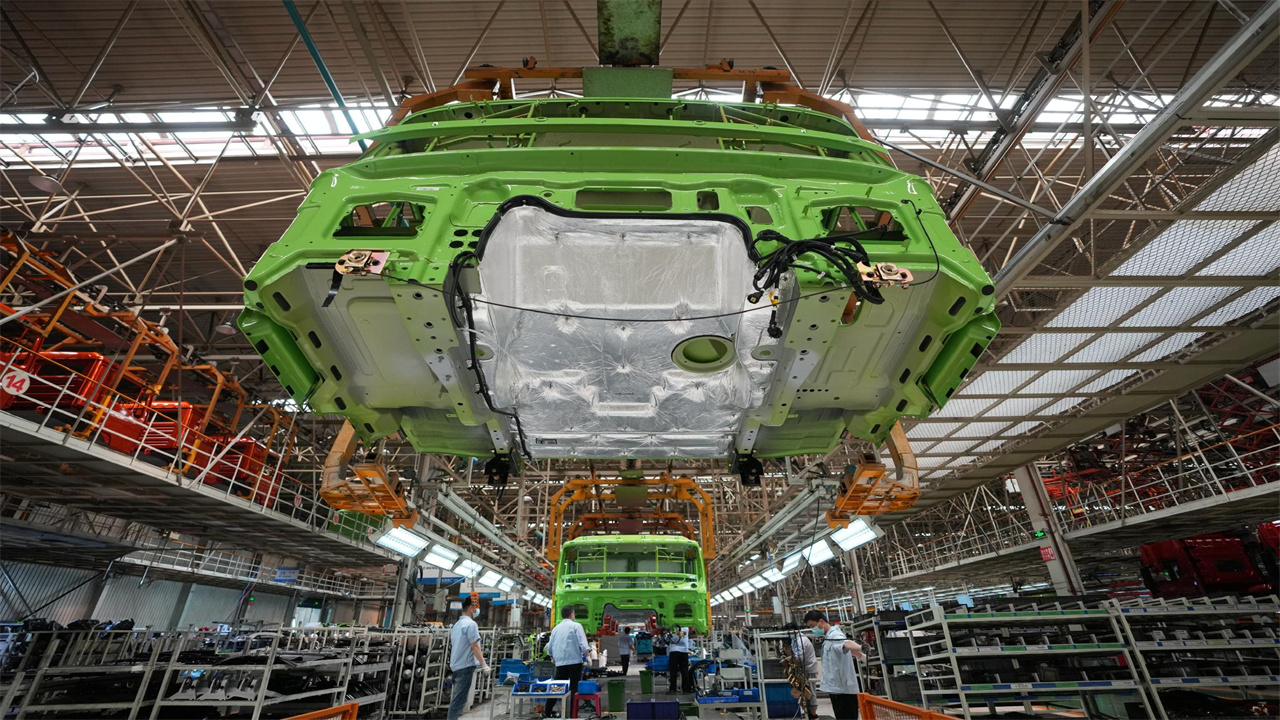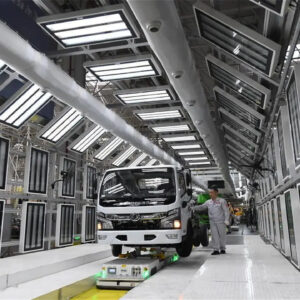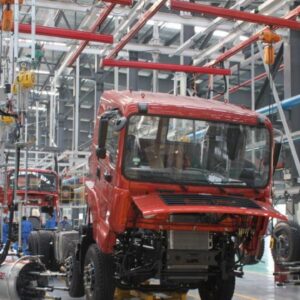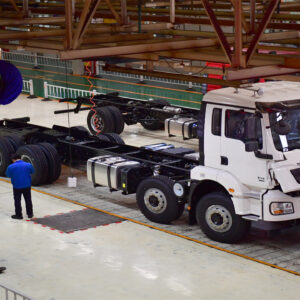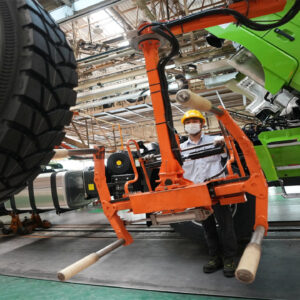Heavy Truck Assembly Line—-Heavy Truck Production Lines
The heavy-duty truck assembly line is designed for assembling large trucks, including stages like material inspection, component machining, chassis assembly, cab installation, powertrain installation, electrical system integration, wheel installation, and final vehicle inspection. It features automation, modularity, quality control, information integration, and flexible production to enhance efficiency, reduce costs, and ensure consistent quality.
Description
Heavy Truck Assembly Lines/Production Lines are Suitable to Assemble/Produce trucks.

Heavy Truck Assembly Line is a production line specifically designed for the assembly of heavy-duty trucks. It includes the following key stages:
1. **Material Inspection**: Ensuring all raw materials meet production standards.
2. **Component Machining**: Machining raw materials, such as chassis and engine parts.
3. **Chassis Assembly**: Assembling key chassis components like the frame, suspension, and drivetrain.
4. **Cab Installation**: Securing the cab to the chassis.
5. **Powertrain Installation**: Installing power components like engines and transmissions.
6. **Electrical System Integration**: Laying out cables and air lines, connecting electrical systems.
7. **Wheel Installation**: Mounting wheels and alignment.
8. **Final Vehicle Off-line**: After assembly, the vehicle undergoes final inspection and testing.
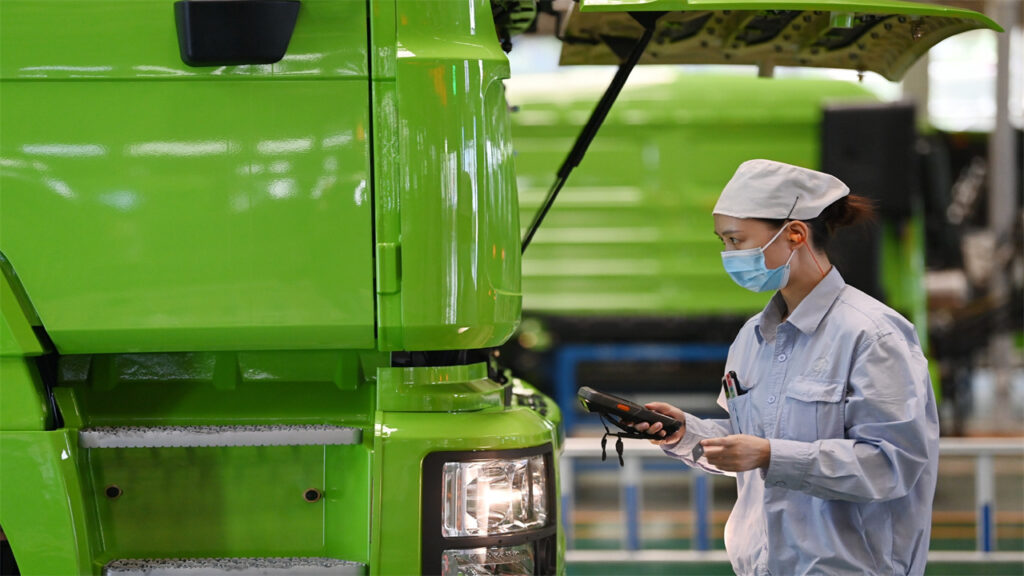
Key features of the production line include:
– **Automation**: Utilizing robots and automated equipment to reduce manual operations.
– **Modularity**: Easily adjustable to accommodate different models.
– **Quality Control**: Implementing quality checks at critical points.
– **Information Integration**: Tightly integrated with information systems for data sharing.
– **Flexible Production**: Capable of adapting to the needs of multi-variety, small-batch production.
Additionally, the heavy-duty truck assembly line includes a MES system (Manufacturing Execution System), which is responsible for production scheduling, real-time monitoring, data management, quality management, and maintenance management, as well as effective allocation of production resources such as labor and materials. By using the assembly line, it is possible to improve production efficiency, reduce costs, maintain product quality consistency, simplify production management, increase production flexibility, and promote continuous improvement.
